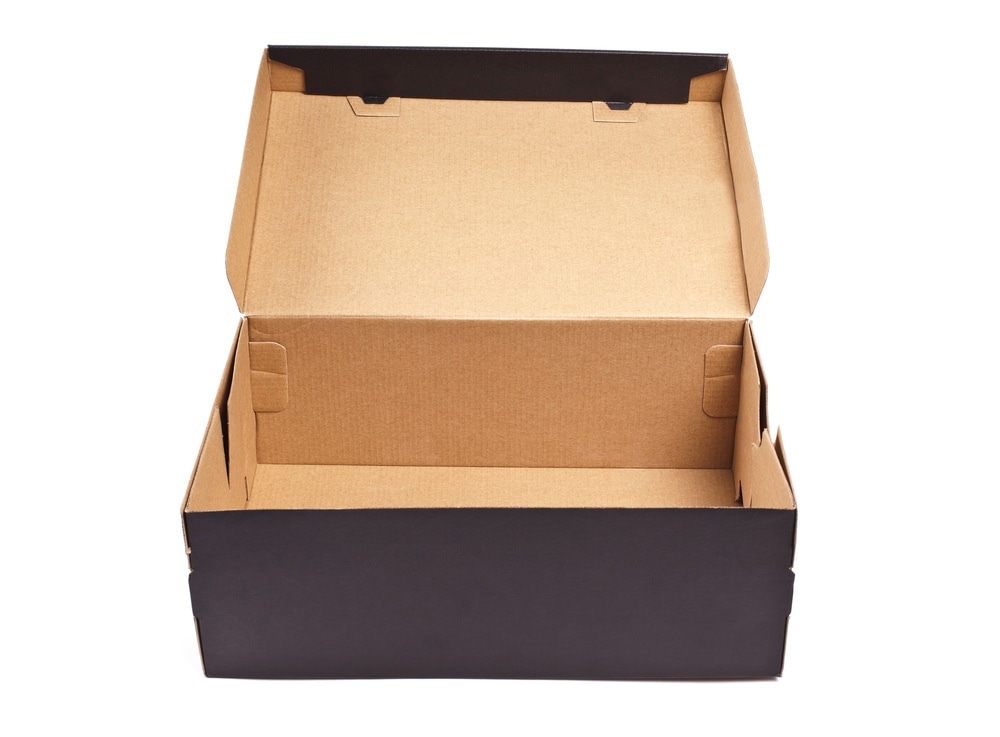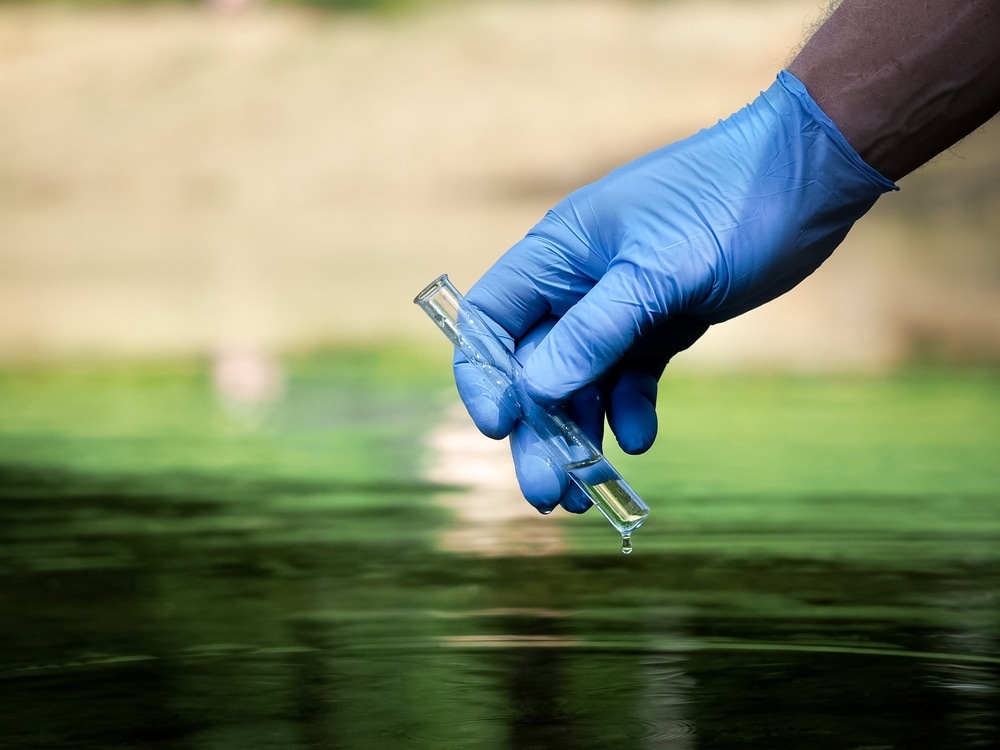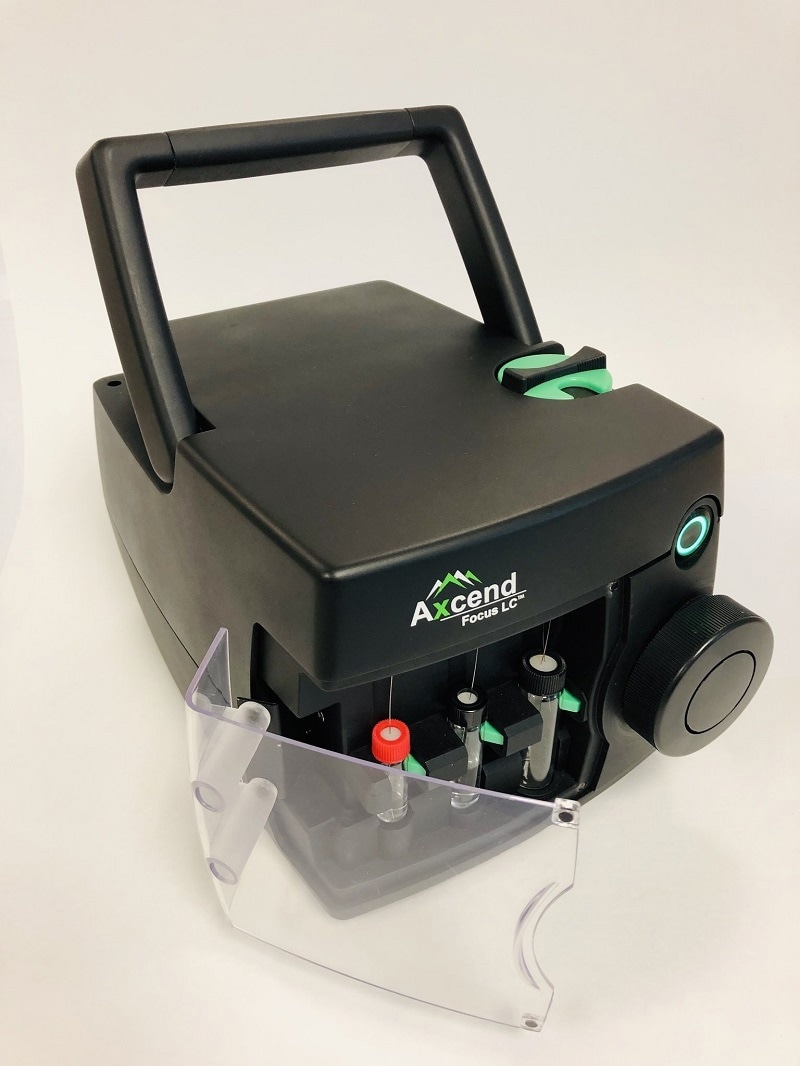An interview with Dr. Luke Tolley, Ph.D., Research Director at Axcend Corp., discussing the development of a liquid chromatograph that is the size of a shoebox and is bringing HPLC to the masses. Conducted at Pittcon 2019.
What are the main limitations of benchtop liquid chromatography instruments?
One of the biggest limitations of benchtop LCs is that they take up a lot of space. A lack of benchtop space is a huge problem for many laboratories, and these instruments contribute greatly to this issue. Secondly, most traditional LCs use a lot of solvents and produce a lot of waste. Not only is this expensive to dispose of, it’s also very bad for the environment.
 Vladislav Lyutov | Shutterstock
Vladislav Lyutov | Shutterstock
"HPLC Anywhere" was once considered to be impossible. How is Axcend bringing mobile HPLC to the market?
Liquid chromatography was traditionally only available to scientists in a laboratory. This meant that scientists working in the field would have to transport samples back to the lab. At Axcend, we wanted to make a portable HPLC instrument that would allow analysis to be carried out almost anywhere. So we developed the Axcend Focus LC, a portable, high-performance liquid chromatograph that can be used virtually anywhere.
The development of the Axcend Focus LC was made possible thanks to a number of advancements. Advances in LED technology really helped as this enabled us to employ UV detectors with shorter wavelengths. In addition, fittings and tubes have become a lot smaller, allowing us to miniaturize the machine itself.
Smartphone technology was another area of technological progress that helped us to create the Axcend Focus LC. Such advancements have enabled people to hold really powerful computers in the palm of their hand. Applying this to HPLCs allowed us to integrate a tiny computer into the machine. In the past, such a powerful computer would have been much larger, making it impossible to achieve the small size of the Axcend Focus LC.
How does the Axcend Focus LC compare to larger, laboratory HPLC instruments?
The Axcend Focus LC can do most of the things that a normal benchtop instrument can do. For example, we use a binary gradient, which is the same as many benchtop instruments, as well as the same type of packing material and stationary phases.
The Axcend Focus LC also produces 500 times less waste than a benchtop instrument. The only drawback is that our columns are much smaller, but this is just something to get used to.
When people think about portable liquid chromatography, the first thing that pops into their mind is being able to do field experiments. While the Axcend Focus LC is certainly capable of doing that, we’ve also found that a lot of people just want to be able to put an LC in their hood or move it between laboratories on different days. Case in point, even moving across the hall is difficult with a benchtop LC.
What makes this even easier with the Axcend Focus LC is that it’s battery powered. If you need to move between laboratories, the machine will run for 10-12 hours – that’s all day long! You simply plug it in at night and use it again the next day.
Finally, I think one of the most innovative things about the Axcend Focus LC is how easy it is to change the columns. All you have to do is loosen the knob, pop the cartridge out, and put a new one in. The knob clicks when it is tight enough, preventing overtightening.
Every lab has at least one person who thinks that the more they tighten the nut the better, and this often causes fittings to break. This is one of the things that makes the Axcend Focus LC more accessible – it takes less skill to maintain the instrument.
What opportunities has the new machine opened up for researchers?
One of the main advantages of the size of the Axcend Focus LC is that it can fit into places that a benchtop LC just wouldn’t be able to fit. For example, one of our customers monitors a production process and his benchtop LC was connected to the manufacturing line with a 10-meter transfer tube. Moving sample between the production floor and the LC was time consuming and inefficient. Having a portable HPLC instrument the size of a shoebox has transformed his workflow.
We’re also just beginning to see the beneficial effects of the instrument being mobile. For example, if you’re testing water and you need to take a potentially polluted sample from the field back to the lab, chances are the composition of the sample will have changed by the time you carry out your analysis. With the Axcend Focus LC, you can test samples straight away and instantly know if there is a problem.
 Irina Kozorog | Shutterstock
Irina Kozorog | Shutterstock
What advice would you give to scientists looking to expand their capabilities using the Axcend Focus LC?
Everyone was excited when nano LC first came out, but most scientists quickly gave up and returned to their benchtop instruments. This is because maintaining such tiny fittings and capillary columns is tricky and can seriously hamper productivity if you do it wrong. With the Axcend Focus LC, all the parts that scientists previously struggled with are pre-made. In this way, we are making nano LC accessible to everybody.
Why did you feel it was important to showcase the Axcend Focus LC at Pittcon 2019?
The nature of Pittcon allows us to speak to customers and other companies in our industry, and through this we are able to learn about the latest developments in analytical chemistry and analytical instrumentation. We also get to demonstrate our own products, such as the Axcend Focus LC, to a diverse scientific audience.
Axcend delivered a range of presentations at Pittcon 2019. What did these presentations cover, and what were the main takeaway points?
 The Axcend team delivered several presentations at Pittcon this year spanning a wide range of topics, from how we make the columns for nano LC to our dual column detector cartridges that are unique to the Axcend Focus LC.
The Axcend team delivered several presentations at Pittcon this year spanning a wide range of topics, from how we make the columns for nano LC to our dual column detector cartridges that are unique to the Axcend Focus LC.
The main takeaway points are that our system offers good performance, high speed, and reliability without having to make any sacrifices. As a result the Axcend Focus LC provides confidence for scientists, without adding complexity to the procedure itself.
How sensitive is the instrument?
Milton Lee, our Co-Founder and Chief Scientific Officer and the scientist who led the development of the Axcend Focus LC, recently published a research paper showing that our detector is more sensitive than traditional UV detectors. This is partly due to the incorporation of an LED light source with a fairly narrow bandwidth, which allows us to obtain a lot of light at the right frequency.
Another contributing factor is the amount of light we are able to get through the sample. This is what really determines sensitivity. We do our optics using a method that will only work for capillary LC, and this allows us to get a lot of light through to the sample.
What’s next for the company?
In the short term, we’ll be rolling out several new cartridges for the Axcend Focus LC. Our current cartridges use one or two UV detectors and various column lengths. However, we are now working on a fluorescence detector for the cartridges and a cartridge that will interface more directly with a mass spectrometer.
Those are just some of the products that will be coming out in the near future to provide some additional flexibility for scientists who need it.
Where can readers find more information?
Learn more about the Axcend Focus.
About Dr. Luke Tolley
 With a career spanning analytical chemistry, electrical engineering, programming, and separations science, Dr. Luke Tolley is clearly a laboratory renaissance man. During his Ph.D. work in Analytical Chemistry at the University of North Carolina, Dr. Tolley completed some of the early work on what is now known as ultra-high-pressure liquid chromatography (UHPLC).
With a career spanning analytical chemistry, electrical engineering, programming, and separations science, Dr. Luke Tolley is clearly a laboratory renaissance man. During his Ph.D. work in Analytical Chemistry at the University of North Carolina, Dr. Tolley completed some of the early work on what is now known as ultra-high-pressure liquid chromatography (UHPLC).
During two years of postdoctoral research at Oak Ridge National Laboratory, he focused on microfluidics before joining the Chemistry Department faculty at Southern Illinois University where Dr. Tolley ran the forensic chemistry program and patented inventions, most notably dynamic isoelectric focusing (DIEF).
Since returning to Brigham Young University in 2016, Dr. Tolley worked closely with Dr. Milton Lee to help finalize the commercialization of the Axcend Focus LC before joining Axcend as its Research Director.
About Axcend Corp.
Axcend is a provider of innovative, compact nano-flow, high-performance liquid chromatography (HPLC) systems. These systems allow scientists to Take the Lab to the Sample™ and deliver dramatic improvements in portability, ease-of-operation, and rapid and convenient deployment, as well as coupling to other analytical systems (such as mass spectrometers).
Disclaimer: The views expressed here are those of the interviewee and do not necessarily represent the views of AZoM.com Limited (T/A) AZoNetwork, the owner and operator of this website. This disclaimer forms part of the Terms and Conditions of use of this website.